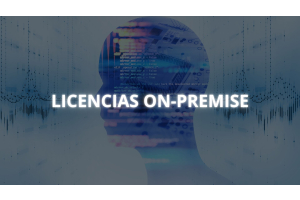Here you will find the most complete comparison between the features of Windows 10 Home & Pro
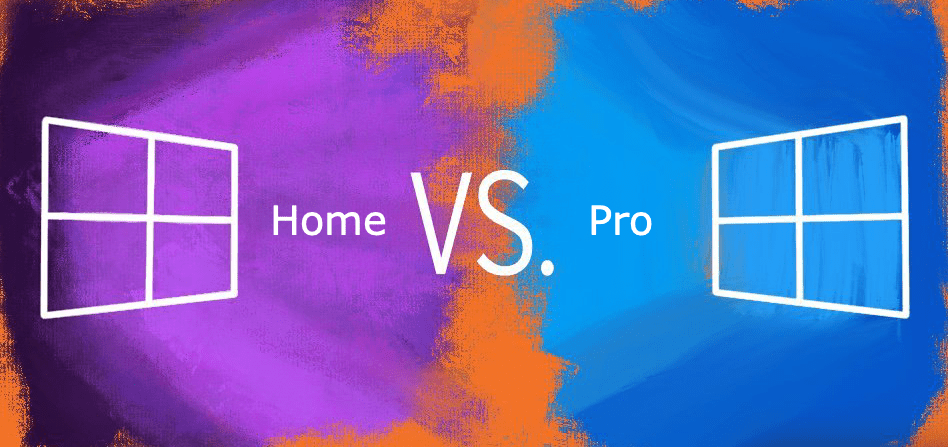
What is the difference between Windows 10 Home and Pro? If you buy a new PC without a pre-installed operating system, you are faced with a choice of operating system. If you don't plan on using Linux, you'll need Windows 10 Home or Pro.
The commercial versions cost €145 for a Windows 10 Home license or €259 if you opt for the Pro version and buy it directly from Microsoft. That's a difference of more than $110 that you could spend on other things, but only if you don't need the extra features of Windows 10 Pro. Not only can you save $110, but you can save up to twice as much if you buy from a trusted vendor with multiple customer reviews, which you can see here. Click the link to visit our operating system store.
New features in Windows 10 Pro
Microsoft has offered a Pro version of Windows since the release of XP, which provides additional features for power users that Home doesn't. Many of the additional features in Windows 10 Pro are clearly designed for business use, such as group policy management and domain linking.
Here's a breakdown of the most useful features of Windows 10 Pro and free alternatives (where applicable and available) so you can compare the performance of Windows 10 Home and Pro:
Remote Desktop
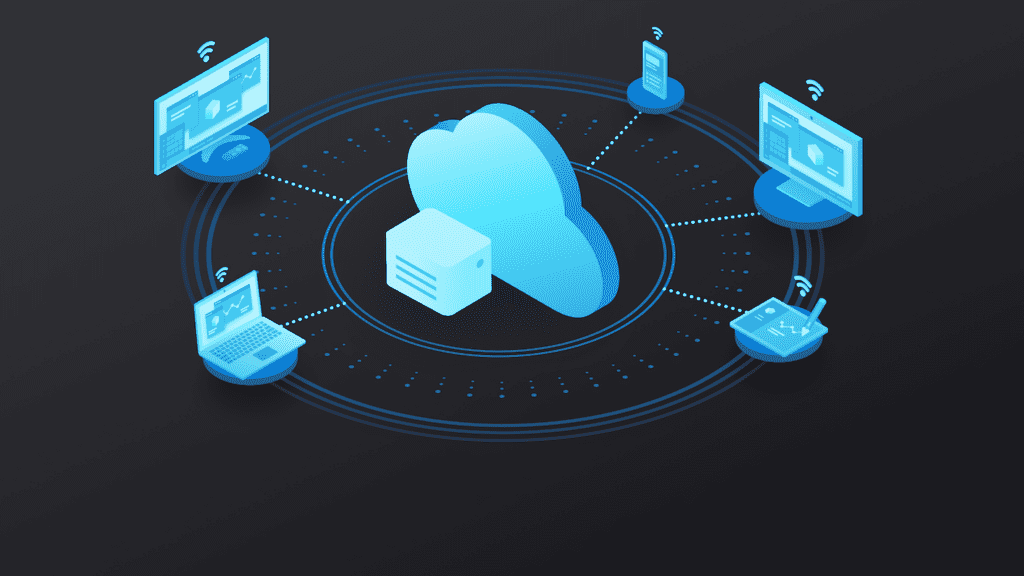
With Windows 10 Home, you can still start Remote Desktop Protocol (RDP) sessions, but you can't remotely control your PC from another device on your network. Fortunately, there are plenty of free options like TigerVNC and TeamViewer that offer the same functionality and even some extra features that RDP doesn't. You can also try RDP Wrapper as a free alternative.
Bit blocker
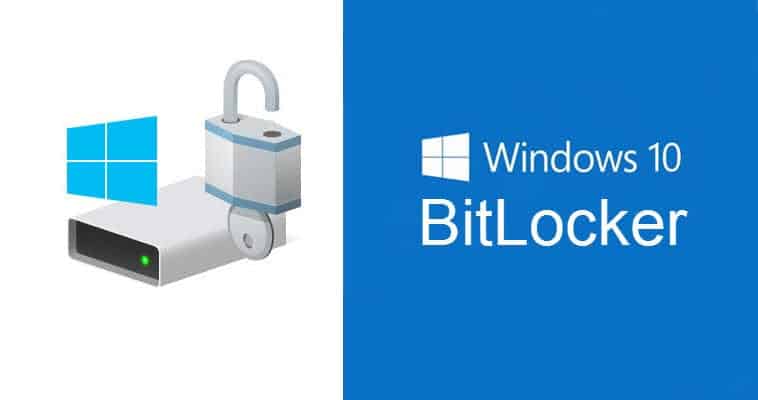
If you're concerned about security and want to protect your data from hackers, or if you're coming from macOS and want a solution comparable to Apple's Filevault, you'll want to spend the extra money on Pro. Bitlocker offers full disk encryption so you can protect your data . from hackers. The latest version of Bitlocker also allows you to encrypt individual files, offering more flexibility than the all-or-nothing approach of previous versions. Again, similar encryption can be achieved by other software, but it is not built into the operating system. Be sure to buy an SSD (or even a hard drive) that supports the necessary hardware acceleration for Bitlocker if you don't want to sacrifice performance.
Trusted Boot
Trusted Boot protects your PC from rootkits and works with Secure Boot to keep your system malware-free and under your control by checking every component of the boot process before it loads. This feature can give you peace of mind, but it is also designed for businesses where security is a priority.
Windows test environment
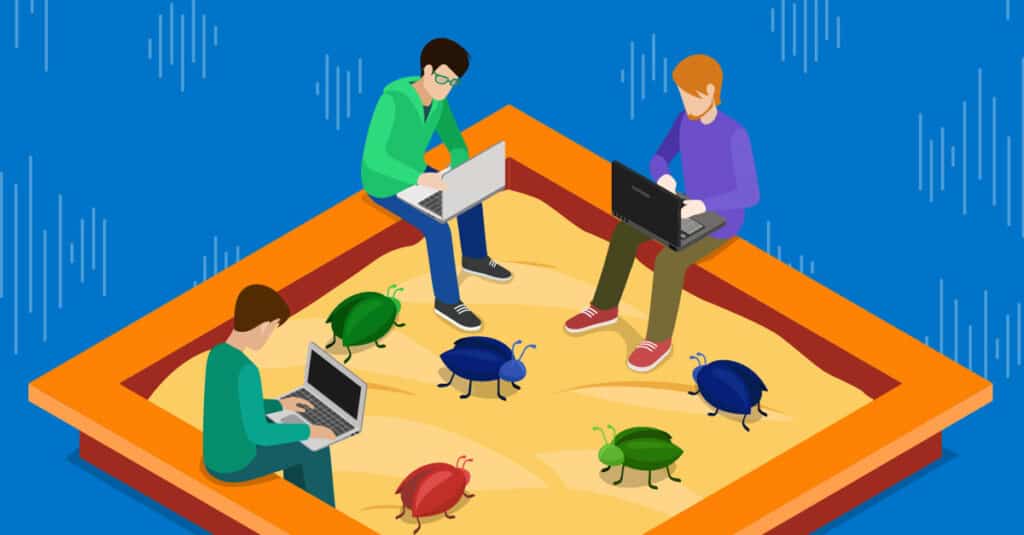
Normally, we'd just tell you not to run suspicious files, but some of us are curious: does this supposedly performance-enhancing anonymous download really work, or is it malware disguised as a useful program? You can install a virtualization solution and run the program in a test environment so it doesn't do any harm, and if you have Windows Pro, this feature is part of the operating system.
Hyper-V
Hyper-V is a Windows-only hypervisor that allows virtual machines to run on CPUs that support virtualization. If you plan on running virtual machines, this feature might be worth the cost of Pro. However, if you just need virtualization, there are free products like Virtualbox that offer more features and work with multiple operating systems.
Although Hyper-V is included in the Windows 10 Pro license, you must download and install it separately.
Storage limitations and business features

In addition to the features mentioned above, there are other differences between the two versions of Windows. Windows 10 Home supports a maximum of 128 GB of RAM, while Pro supports 2 TB. However, as long as you're not running dozens of virtual machines, you won't be going over Home's memory limits any time soon.
Other features, such as group policy management, assigned access, and the ability to join a domain, may not be very useful outside of the office. Assigned access allows an administrator to lock Windows and allow access to a single application under a specific user account. Group Policies, on the other hand, allow you to restrict access to any number of Windows features and configure any settings within the operating system.
From an administrator's point of view, this is a great thing and a good way to remotely set a colleague's wallpaper into something fun, but it's not very useful in a private setting.
With Windows Update for Business, an administrator can control when a system is updated and defer updates that may cause incompatibilities with older software or otherwise affect the business. But unless absolutely necessary, it's best to keep Windows up to date.
Our conclusion

For most users, Windows 10 Home Edition is enough. If you use your PC exclusively for work or relax/play, it's not worth upgrading to Pro. The extra features in the Pro version are very business and security oriented, even for advanced users. Since there are free alternatives available for many of the latest features, the Home edition probably has everything you need. If you already have an earlier version of Windows, such as Windows 7 or Windows 8.1, and you just want to upgrade, click here for step-by-step instructions.
If you are interested in finding the best price for Windows 10 Pro, you can find all the offers by clicking here. And at Licendi you can also buy Windows 10 Home.
If you already have a license to activate your version of Windows 10, you can download Windows 10 Pro by clicking the link and you can also download Windows 10 Home.
Did we answer your questions?
If you have any questions, leave us a comment or give us a call!
Cheers,
Your licensed team


